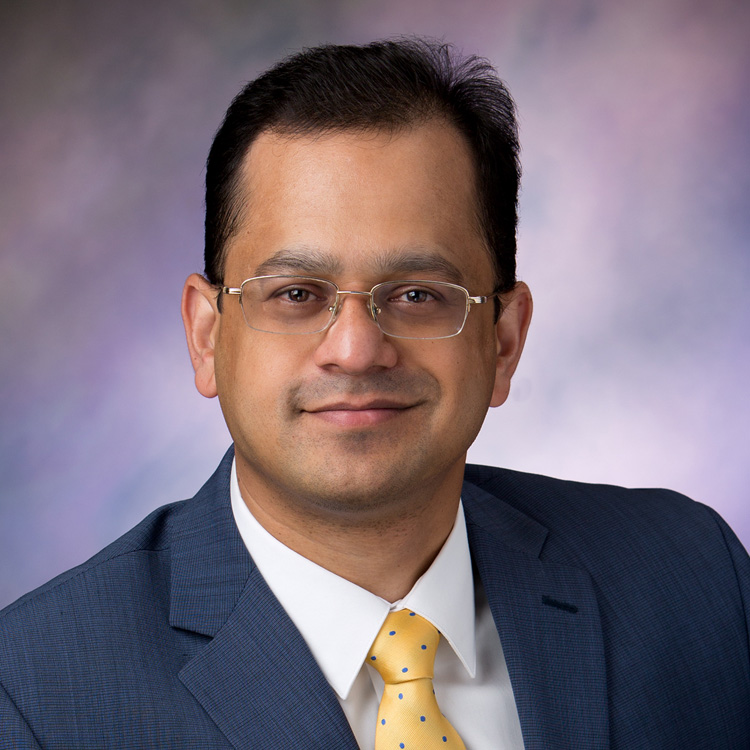
Vein Care
Within Monument Health’s vascular department is the region’s most comprehensive center for vein care. We offer the latest minimally invasive and surgical treatment options for venous insufficiency, varicose veins and spider veins. A majority of venous disorders can be managed and treated in the outpatient setting with minimally invasive techniques and appropriately supported wound care.
What We Treat
Chronic Venous Insufficiency
Enlarged or damaged leg veins struggle to return blood to the heart, causing swelling, heaviness and aching. Over time, this can lead to skin changes, brown ankles and open ulcers. Risk factors include prolonged standing or sitting, pregnancy and a history of blood clots.
Varicose Veins
When deeper leg veins fail, surface veins can become rope-like and twisted, typically leading to pain, aching, itching, or nighttime leg cramps. In rare cases, they may rupture and cause spontaneous bleeding.
Spider Veins
Tiny surface veins, often a sign of deeper vein pressure problems, may be itchy or painful, though some people have no symptoms.
Superficial Venous Thrombophlebitis
A blood clot in a varicose vein near the skin surface causes redness, tenderness and a firm or painful area on the skin.
A majority of venous disorders can be managed and treated in the outpatient setting with minimally invasive techniques and good long-term conservative care.
 Bhaskar Purushottam, M.D., FACC, FSCAI, FSVMB
Bhaskar Purushottam, M.D., FACC, FSCAI, FSVMB
Cardiovascular Medicine, Vascular Medicine, Interventional Cardiology, Endovascular Medicine
Rapid City, SD
 Alexander Schabauer, M.D., FSVMB, FACC
Alexander Schabauer, M.D., FSVMB, FACC
Cardiovascular Medicine, Vascular Medicine, Nuclear Cardiology
Rapid City, SD
 Kimberly Hayden, PA-C
Kimberly Hayden, PA-C
Rapid City, SD
 Jordan Hoffman, PA-C
Jordan Hoffman, PA-C
Rapid City, SD
More From Monument Health

This Nurse Could Save Your Life Twice
December 3, 2025

Upgrading the Rapid City Hospital Laboratory
December 3, 2025
